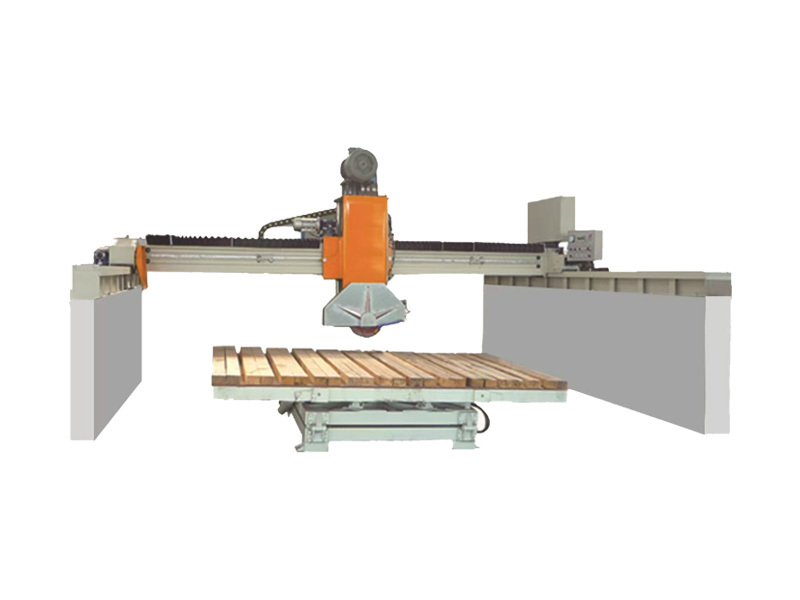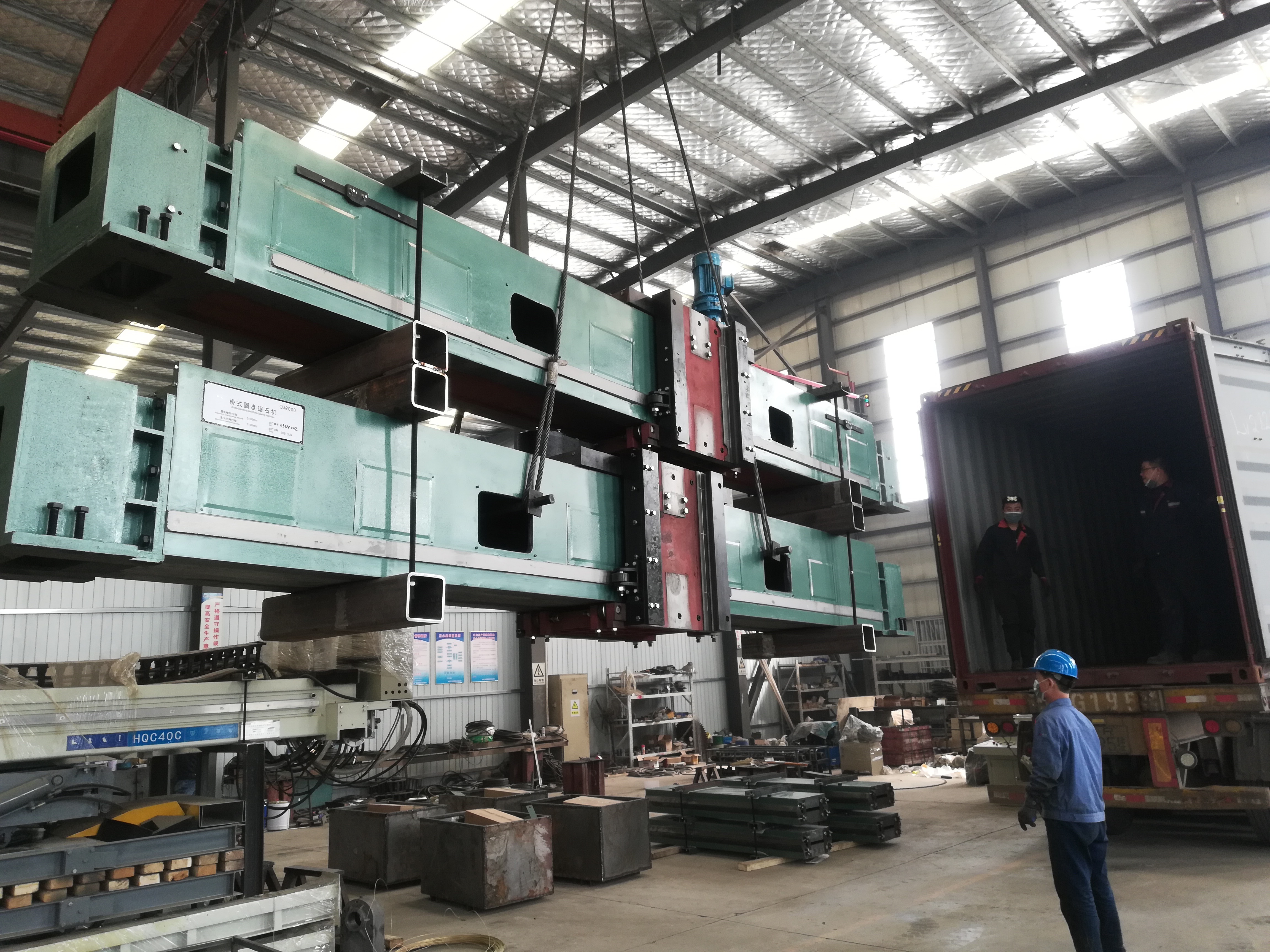Russia stone market
Release time:
2024-12-27
Author:
Source:
Russian building materials market
It is one of the largest construction markets in the world, which is affected by economic, policy, social and environmental factors. In recent years, the Russian building materials industry has experienced fluctuating market changes, but still shows strong market potential. The following is a comprehensive analysis of the Russian building materials market:
I. Market size and development trends
Market size According to the latest data, the overall scale and development potential of the Russian construction industry are considerable. Despite the impact of the tense political and economic relations between Russia and Western countries, especially since the Crimean crisis in 2014, Russia's construction industry has still shown a relatively strong growth momentum at different stages.
Development trend
Infrastructure construction: The Russian government is committed to infrastructure construction, especially transportation, energy and urbanization projects. Russia's "large infrastructure plan" includes railway and road construction, urban expansion, airport upgrades, etc., which directly promote the demand for building materials.
Real estate industry: Although subject to cyclical fluctuations in the real estate market, Russia's residential construction market has long been the main source of demand for building materials. Especially in large cities such as Moscow and St. Petersburg, real estate development remains an important driving force for the market.
Green Building and Sustainable Development: As the global construction industry pays more attention to environmental protection and sustainable development, Russia has also gradually promoted the application of green building technology. Although this trend is relatively new, some construction projects have begun to consider the use of energy-saving building materials, such as high-performance windows and energy-saving insulation materials.
Import Substitution and Localized Production: The Russian government has adopted a series of policies to encourage local production of building materials, especially after 2014, when Western countries' economic sanctions against Russia prompted Russia to accelerate the process of localized production of building materials. For example, Russia's production capacity of building materials such as cement and steel has been improved, and the market share of local enterprises has gradually increased.
2. Demand for major building materials
Cement and concrete: Cement is one of the most commonly used building materials in the Russian construction market. With the advancement of infrastructure construction, real estate development and urbanization, the demand for cement and concrete has remained at a high level. In particular, large-scale infrastructure projects in Russia, such as bridges, roads and residential projects, require a large amount of concrete and cement.
Steel: Steel is an important raw material in the construction industry, especially in structural engineering. Although Russia has a strong steel production capacity, the fluctuation of steel prices and domestic and foreign trade policies have had an impact on the market in recent years. Russia's steel producers are mainly concentrated in the Ural region, including large-scale steel mills such as Norilsk and Magnitogorsk.




Wood and wood materials: Russia is one of the world's largest wood producers, and wood is widely used, especially in residential construction. Due to Russia's rich forest resources, wood has become an important raw material for construction, furniture manufacturing and other related industries. The demand for wood is relatively large in Russia's residential construction and rural housing markets.
Glass and windows: The demand for glass and window materials is greatly affected by residential construction, commercial buildings and office buildings. Due to Russia's cold climate, the demand for energy-saving glass and high-efficiency window systems has gradually increased, especially the use of low-e glass and triple-glazed windows has become a trend.
Tiles, coatings and flooring materials: With the construction of residential and commercial properties, the demand for tiles, coatings and flooring materials has also grown steadily. The demand for building interiors in high-end homes and offices is large, which has driven the demand for this type of material market.
III. Market drivers
Government policies and infrastructure investment: The Russian government's continued investment in infrastructure construction is an important factor in promoting the development of the construction market. Especially under the framework of the Belt and Road Initiative, Russia has actively participated in relevant cooperation projects, further promoting infrastructure construction.
Economic and population growth: Russia's large population base and gradually growing middle class have stimulated housing demand and urbanization, and promoted the continued demand for building materials. Especially in large cities such as Moscow and St. Petersburg, the demand for high-quality building materials is growing.
International cooperation and import substitution: In recent years, the import substitution policy implemented by the Russian government has promoted the improvement of domestic building materials production. For example, Western sanctions have restricted the import of some building materials, prompting Russian local companies to increase capacity construction and R&D investment, and improve the market competitiveness of local building materials.
IV. Market Challenges
International sanctions and political uncertainty: The tense political relations between Russia and Western countries, coupled with the impact of economic sanctions, have caused difficulties in the import of raw materials and technology introduction in the construction industry. Although Russia actively promotes self-sufficiency, it still relies on imports for some high-end building materials.
Economic fluctuations and energy price fluctuations: Russia's economy relies on oil and natural gas exports, and energy price fluctuations have a certain impact on the construction industry. Changes in energy prices may lead to fluctuations in construction costs, especially the production costs of energy-intensive products such as steel and cement.
Environmental and regulatory pressures: As global environmental awareness increases, the Russian government has also increased its environmental protection regulations in the construction industry. Green and energy-saving building standards are becoming increasingly stringent, and requirements for building materials are also becoming more environmentally friendly, which puts pressure on some traditional building material manufacturers.
V. Major market participants
The Russian building materials market is mainly dominated by the following types of companies:
Local building materials producers: such as Russian cement plants (such as LafargeHolcim, Eurocement), steel producers (such as MMC Norilsk Nickel, Magnitogorsk Steel Plant), etc.
International brands: Many world-renowned building materials brands have also entered the Russian market, especially in the field of high-end building materials and technical equipment, such as Germany's Knauf and France's Saint-Gobain.
VI. Conclusion
In general, Russia's building materials market has considerable potential, especially in the fields of infrastructure construction, real estate development and green buildings. However, the market still faces challenges such as international sanctions, economic fluctuations, and environmental protection policies. Therefore, for companies that want to enter the Russian market, understanding the local policy environment, strengthening localized production and grasping changes in market demand will be the key to success.
Key words:
Prev
Prev:
Next:
Latest News
2024-12-27
2024-10-25
Designing a stone processing factory
2024-10-24
The development trends in stone machinery
2024-10-24
What causes uneven stone slab output?
2024-10-24
BOXING INDUSTRIAL ZONE,BOXING ,SHANDONG ,CHINA
Hotline:
PRODUCTS


